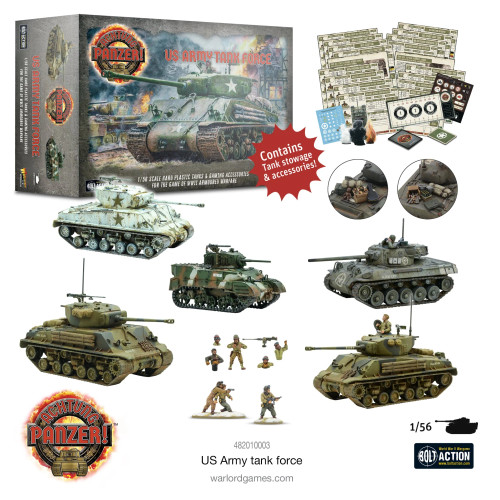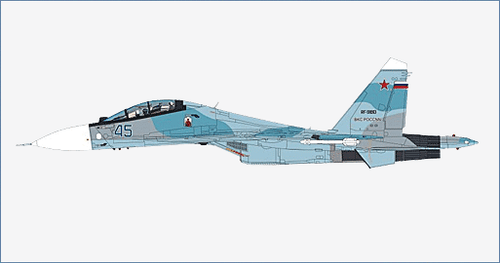Product Description
This major revision to the original version includes dozens of rare photos, complemented by a suite of maps, indexes, and color profiles of participant aircraft.
Any USAAF pilot who flew the mission to Hollandia on the fateful afternoon of 16 April 1944 in New Guinea would remember it for the rest of their lives. So would anyone else in the theater, for the weather-related losses that fateful day earned it the eternal epithet “Black Sunday”. The way home for more than three hundred bombers and fighters was blocked by a towering weather front whose thunderstorms rose well above any altitude they could reach. Over enemy territory and caught between mountains and the sea, there was no option but to confront nature.
By dusk that evening 37 aircraft were missing or had been destroyed. A handful of survivors somehow made it back to valley and coastal bases in a series of arduous misadventures. It was, and remains, the biggest non-combat loss of any air force of any nation in the world. More than seven decades later, aircraft from the day are still missing somewhere in the New Guinea jungle.
This major revision to the original version includes dozens of rare photos, complemented by a suite of maps, indexes, and color profiles of participant aircraft. Japanese diaries reveal the fate of unlucky P-38 pilots forced to bail out. The text liberally cites veteran interviews, post-war wreck surveys and official USAAF records. The narrative tracks down the fate of every aircraft and every crew member, including those who rescued them. Put yourself in the cockpit against nature’s massive odds over hostile terrain and watch a composite picture evolve. The accelerating narrative from dozens of different perspectives is both fascinating and overwhelming.







